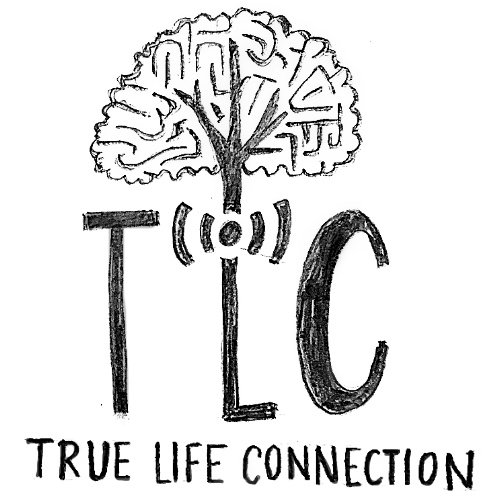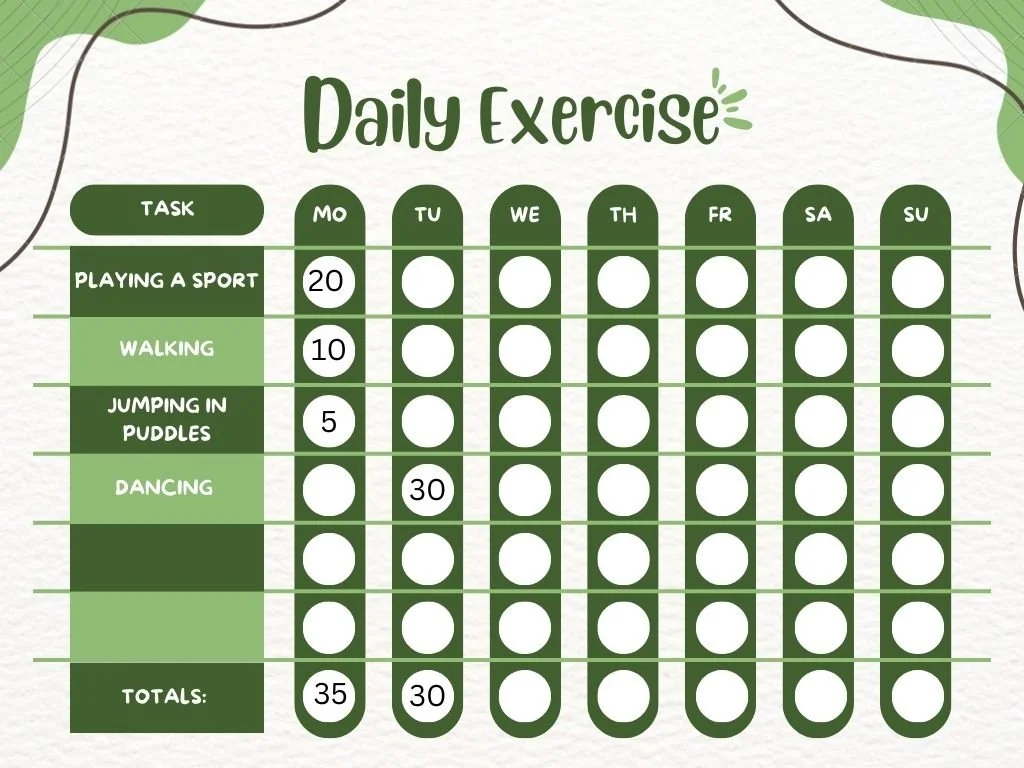Ideas for Staying Active in the Colder Months
In the Summer and early Fall, it can be easier to convince your child to go to the playground or take a walk outside. However, when it becomes cold and rainy, it seems more tempting to stay indoors and participate in more sedentary activities. You may even feel the effects of cold weather yourself! Cold weather doesn’t, however, have to keep us inactive. Below are some ways to stay active AND to stay outdoors.
The benefits of an active lifestyle for children include increased cognition and brain functioning (Khan & Hillman, 2014). More specifically, daily physical activity is proven to improve a child’s executive functioning and scholastic success is highly dependent on executive functioning skills (Hilman, et. al., 2014). The American Academy of Pediatrics recommends kids ages 3-5 need three or more hours of physical activity daily while kids ages 6+ need 60 minutes of moderate to vigorous exercise daily (Lobelo, et. al, 2020). The outdoors can promote increased physical activity as there is more space for a child to move and play. Though you may look outside on a cold rainy day and think it's not time to go out, try to instead think of what clothes you and your child could wear. At True Life Connection we say, “There’s no bad weather, only bad clothing.”
If you are having trouble keeping your kids active, try making it part of a daily routine and use incentives in the beginning to reach a certain amount of weekly minutes. Use a chart similar to the one below. You may also make a game out of dressing to go outside by placing all the outdoor clothes across the room and having them run, grab a piece, run back and put it on until all clothing items are finished. See who can get dressed the fastest! Play is a big motivator to initiate and sustain activities for a child so be sure to include play-based approaches.
Try these activities next time the weather allows!
In the rain,
Splash and jump in the puddles
Play a favorite sport in the rain to add a new dynamic…mud!
Feel like singing in the rain? Try dancing too!
Build a dam in a nearby stream
In the cold,
Go on a bike ride
Roller skate
Relay race with sprints
Walk a dog
Nerf battle with friends or family
Climb a tree
In the snow,
Build a snow fort or snowman
Make a target and have a snowball throwing competition
Shovel the driveway or walkway
Pull siblings or friends in a sled
Build a snow obstacle course (ex: jumping over a mound, army crawling through a tunnel, making a snow angel)
Inside,
Pull/push a full laundry basket or box around (place a small rug underneath if-needed). The child may want to even have a sibling or friend climb in!
Wrap a rope around the banister or another secure object on hardwood or tile flooring and have your child pull themselves forward till the end of the line (seated or standing). Be sure they are wearing sweatpants or socks.
Potato sac race with pillow cases
Run and knock down a crib mattress or large couch cushion. An adult will need to assist with this one, holding the cushion upright until the child has crashed into it onto the floor
Make an indoor obstacle course using items to jump over, crawl under, run, hop, and balance!
If your family enjoys video games, try to use an “exergaming” system to get the family moving, dancing, jumping, and grooving!
Find an indoor playground in the community
When it’s cold outside, remember to check in on your child often for signs of hypothermia and to take more frequent breaks to warm up. Prepare for the weather by dressing for it with extra layers.
Have fun out there!
Rebekah Highlander, MOT, OTR/L
References:
Hilman, C. H., et. al. (2014). Effects of the FITKids Randomized Controlled Trial on Executive Control and Brain Function. Pediatrics. https://doi.org/101542/peds.2013-3219
Khan N.A, Hillman C.H. (2014) The relation of childhood physical activity and aerobic fitness to brain function and cognition: a review. Pediatr Exerc;26(2):138-46. doi: 10.1123/pes.2013-0125. Epub 2014 Apr 10. PMID: 24722921.
Lobelo, F., Muth, N. D., Hanson, S., Nemeth, B. A. (2020). Physical activity assessment and counseling in pediatric clinical settings. Pediatrics. https://doi.org/10.1542/peds.2019-3992


